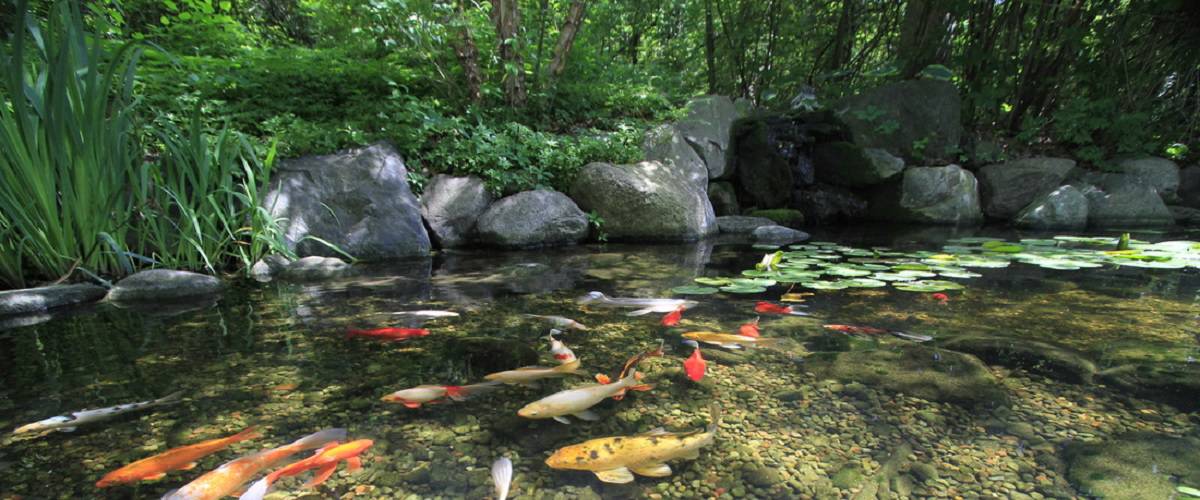Often times, livestock is the dividing line of seriousness when it comes to prepping. Many folks are willing to start up a garden, less are looking to raise chickens. Not many people realize there’s somewhat of an in-between option: fish.
Commonly referred to as aquaculture, raising fish on a small scale is much more manageable than one may initially think, and it can be a fantastic way to find that much-needed protein, and maybe even made some money on the side.
Depending on where you live, you could cultivate fish life in you’re backyard/farm pond.
I Live Up North
In the Midwest, crappie, bass, and bluegill are some of the most common choices, if your pond is large enough. The key here is whether the water is deep enough to not freeze over entirely in the winter and to provide cool depth in the summer. If your pond has an ecosystem already, then very little management will be needed on your end. You might not even have to feed them.
The difficulty with a natural pond, however, is harvesting. Gathering your fish will be a bit of a hassle, and many resort to simply fishing for them with a pole or net. Not that this is a problem, but it’s a bit more effort.
I’m Farther South
If you’re somewhere warmer, like Florida, you may want to look toward the Tilapia. This is one of the most common fish to farm, as they offer a number of advantages in the right climate. They grow quickly, breed often, and don’t taste bad. They also thrive just fine in shallower waters. Feeding them commercial fish food can increase production as well.
Tilapia’s biggest issue is temperature. If you want growth, you need at least 70 degrees or more. They can survive as low as 48, however.
I Prefer Indoor Fish
One convenience of fish is their ability to be farmed indoors. Tank cultures allow you to grow fish like Tilapia in colder climates, thanks to the ability to control the water. Though expect greater utility costs maintaining the tanks, not to mention the effort of filtering the water.
Certain aquatic plants can be added to a tank to assist in waste management, and algae bloom can provide additional food sources for the fish. Just keep the algae under control.
Conclusion
Fish might be an easy way to increase your food supplies if you have the right setting for it. You could even sell them at your local farmer market for extra cash. If you’re looking for a middle ground on meat management, consider the fish.

